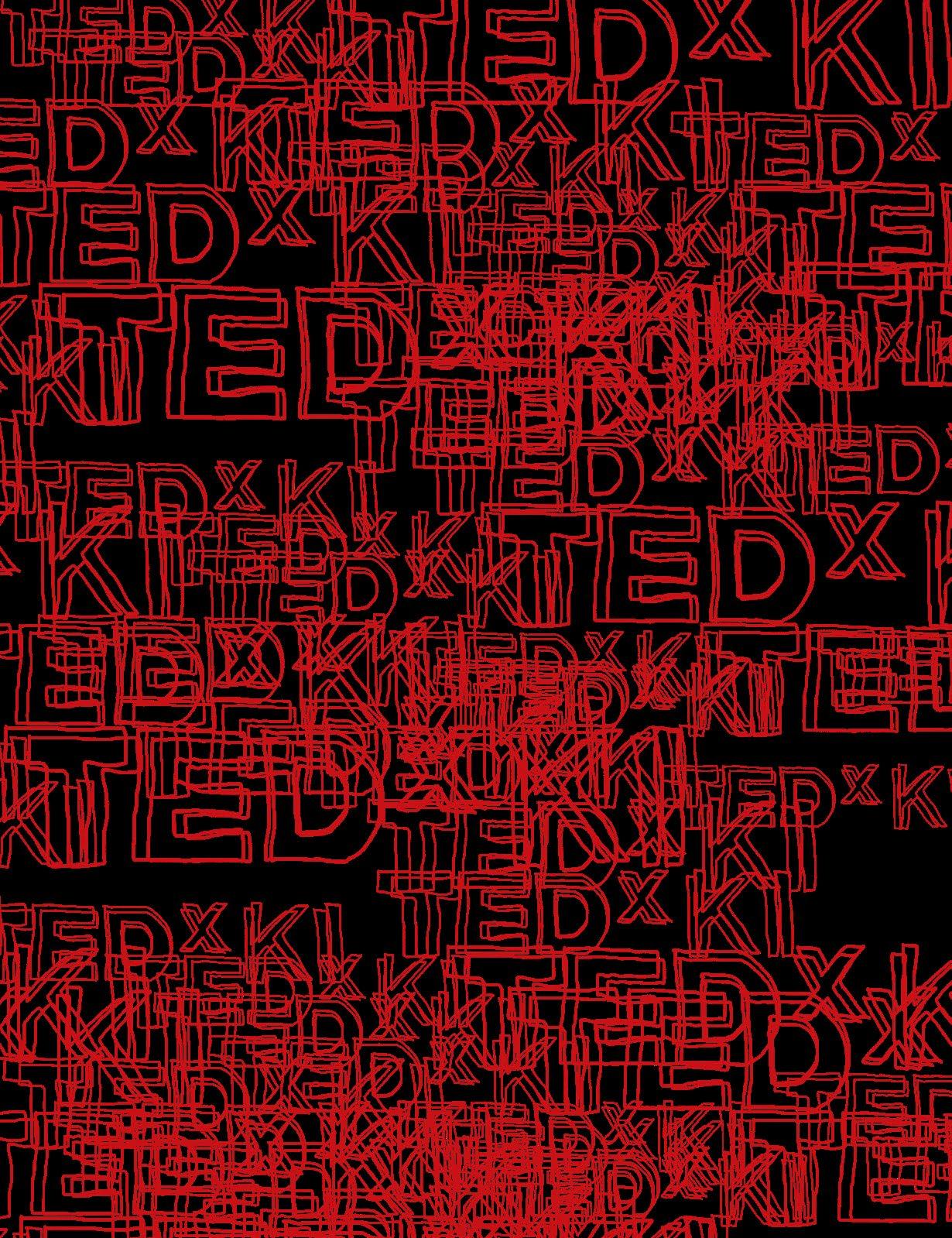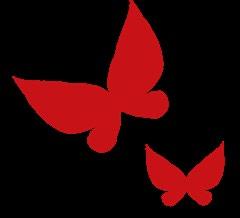
2 minute read
Learning From the 1 in a Millions
How does one become the “one in a million”? Through sheer luck, hard work, a bit of both or something else entirely? A while back, we attended TedxKI, where several speakers told their stories, all connected to the common theme of “the butterfly effect” - how one small change can set the course for someone’s entire life. So, what do these “one in a million” journeys look like?

Advertisement

Speaker Anna Duberg is a researcher on the stress-reducing effects of dancing, and her method has already improved the mental health of several young people. Because of her research, dancing is now used as a complement to other health care, and her approach focuses on allowing people to come as they are and do things their own way. As a woman doing scientific research on dance, being taken seriously, just as she is, is not something that she takes for granted. Her research has been questioned, she has been called naive, and people have doubted her. Despite that, Duberg has stood her ground and she has developed a great way to improve people’s health, through something as simple as movement. With great ideas, a positive message and a belief in what she does, Duberg has become one in a million.
With similar conviction and courage, Åsa Sandberg found her path through a positive change. Sandberg shines a new light on the importance of valuing products that we have in our kitchens. Her passion for the subject of sustainable solutions and systemic change was evident in her talk. She dedicates her life to sharing her knowledge and inspiring others to pay attention to their own behavioural habits around food production, consumption and waste. Sandberg stuck to her instincts to follow her interest and admiration for zero-waste food management in the household. This comes to show that even the topics clos est to home could be a potential route for research, development or entre preneurship.
This was also the case for Wilma Emanuelsson’s who developed a love for the world of hacking and cybersecurity as a primary school student. At only 19 she is a CEO and Founder of iTrack Read ing - an eye-to speech reading software to make written language more accessible to people with learning disabilities such as dyslexia or neurodevelopmental disorders like ADHD. It was her childhood dream to become a hacker and as you can already guess - she achieved that goal pretty fast. During her talk she shared how she used her hacking skills in school to help out her classmates or erase a “late” penalty in the registry. Her problem solving and eagerness to help others has led her to reach for the stars and beyond.
Unfortunately not everyone is so lucky to thrive in a individuality-supportive environment. Camilla Hamid was supposed to be a doctor - at least according to her parents. In order to make them proud, she suppressed her passion for teaching, working hard to fulfill a dream that ultimately wasn’t hers. According to Hamid, the turning point came when she had her first daughter. Stuck on a path that wasn’t making her happy, she realized that this was not the kind of example she wanted to set for her children. So she stopped resisting the passions that had been there all along - teaching and baking. Now a well-known cookbook author, teacher and TV chef, she has proved that no matter our background, we should believe in ourselves and pursue our dreams.
This applies to all of us. Everyone has a unique journey and has the opportunity to reach their full potential with enough grit and persistence. This short list of exceptional individuals is enough to prove that there is no set recipe for success. This might come as a disappointment, however we encourage to see this as an opportunity. Everyone, no matter their stage in life or career has potential to reach their full “stardom and glory”. The only common denominator is staying true to your intuition and interest. Being present during that journey is what will allow true fulfillment.










